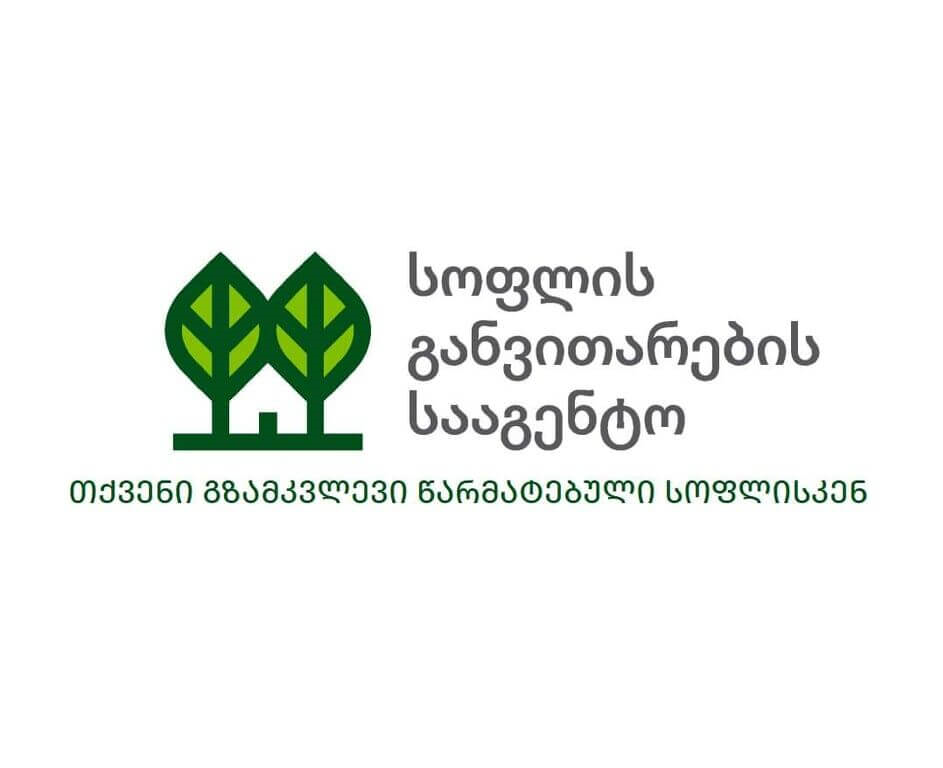
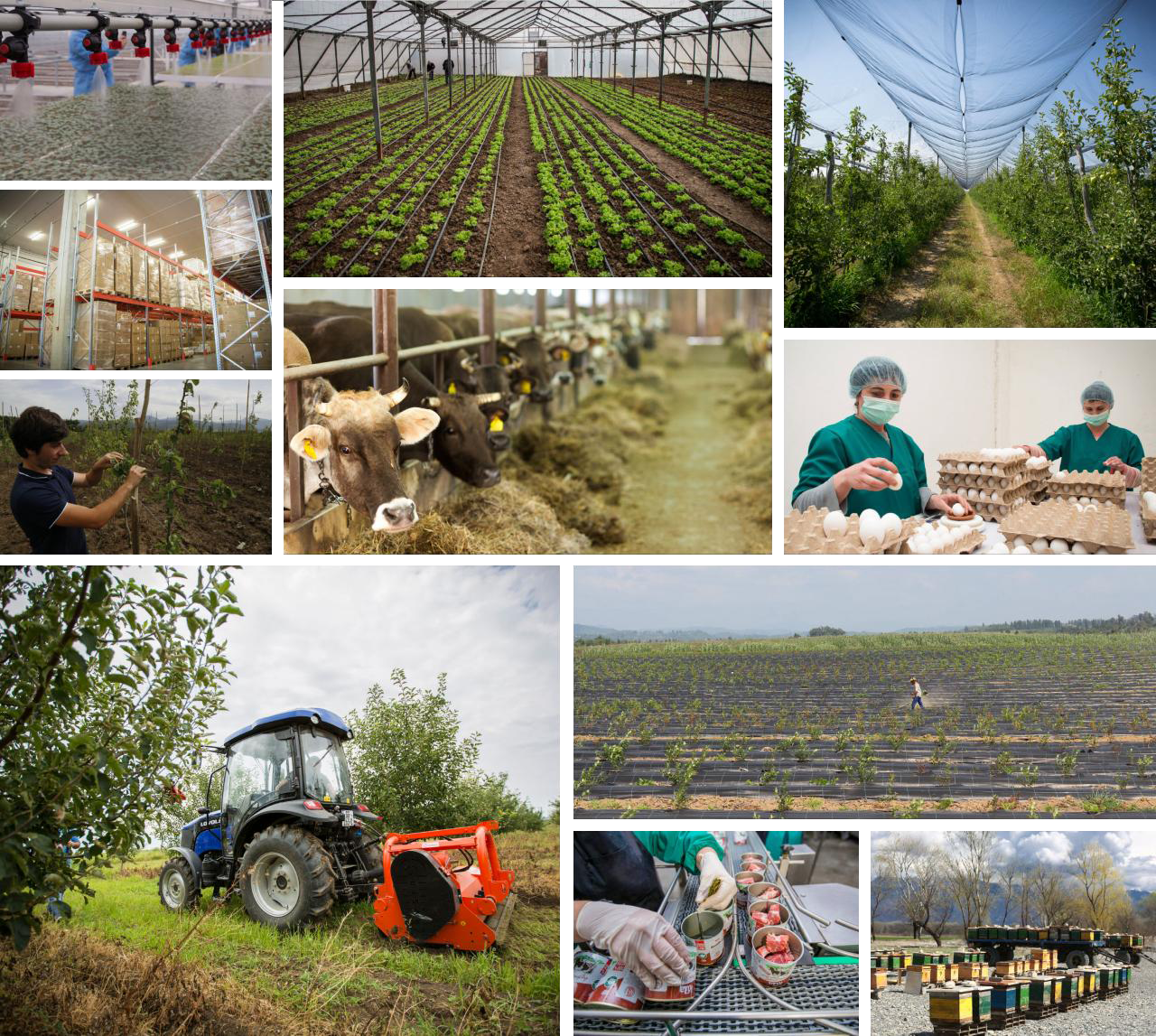
| The component is active |
Preferential Agrocredit for Fixed Assets
1. Under the component of ‘Preferential Agrocredit for Fixed Assets’ the Agency shall provide the secondary collateral and co-finance the loan interests, allocated by the financial institutions for the fixed assets of the enterprises producing and processing agricultural products.
2. The Agency shall co-finance the loan interest on the basis of the co-financing agreement concluded with beneficiaries.
3. At any stage of implementation of the project the Agency carries out the monitoring of the loans and appropriately responds to the facts of violation.
4. This component is available to the following individuals:
4.1. An individual who is a citizen of Georgia - in case of the loans in the amount from 20,000 GEL to 75,000 GEL;
4.2. A sole proprietor registered according to the laws of Georgia;
4.3. A legal person registered according to the laws of Georgia (except the state/municipal enterprises).
5. Under the component of "Preferential Agrocredit for Fixed Assets" loans will be given for financing new agricultural enterprises and extension, modernization and/or repairing of the existing ones for the following purpose(s):
5.1. Processing enterprises:
5.1.1. Meat, fish and milk processing;
5.1.2. Production of alcoholic beverages (other than the grape processing enterprises);
5.1.3. Tea production and/or packaging;
5.1.4. Fruit, vegetable and berry processing;
5.1.5. Walnut and nut processing;
5.1.6. Wool, leather and fur processing;
5.1.7. Production of vegetable oils (oil, margarine, butter) and "khalva";
5.1.8. Production of essential oils and spices;
5.1.9. Arranging slaughterhouses;
5.1.10. Processing of bee products;
5.1.11. Production of agricultural feed for animals, birds and fish;
5.1.12. Production of Organic fertilizer.
5.2. Infrastructural enterprises:
5.2.1. Warehouses for storing of agricultural products;
5.2.2. Grain dryers;
5.2.3. Coolers for storing of agricultural products;
5.2.4. Production of oak barrels for alcoholic beverages;
5.2.5. Production of wine clay barrels ("Kvevri");
5.3. Primary agricultural enterprises:
5.3.1. Livestock farm (except of cattle)
5.3.2. Poultry farm;
5.3.3. Poultry breeding farm;
5.3.4. Farms for animals with valuable fur;
5.3.5. Greenhouses and other indoor soil production (in the case of greenhouses for berry crops and perennial flowers, purchase of seedlings and pots is allowed)
5.3.6. Fish production;
5.3.7. Production of bee products;
6. The following agricultural activities may be also financed:
6.1. Arrangement and maintenance of the existing facilities, greenhouses, fish tanks and ponds;
6.2. Arrangement and maintenance of new facilities, greenhouses, fish tanks and ponds;
6.3. Purchasing, installing and repairing technological lines, climate control equipment and tools, freezing devices, power generators, milking equipment (except for livestock), feed preparation equipment and others;
6.4. Purchasing, installing and repairing storage chambers, shelves, tanks and other technological equipment for storage;
6.5. Making water wells and connection to water, electricity and natural gas supply pipelines and sewerage system;
6.6. Production of the following packaging materials:
6.6.1. Wooden, cardboard and plastic boxes for storing and transporting fruit and berries;
6.6.2. Glass and clay bottles, corks for alcoholic beverages;
6.6.3. Aseptic and plastic containers and lids made of glass, tin and cardboard for the products produced by conservation and processing enterprises;
6.7. Purchasing and repairing special equipment and trailers (loaders, manure carriers, feed selecting and supplying equipment and others) required for the operation of the enterprise;
6.8. Purchase of poultry, rabbits, fish, goats and pigs (poultry, rabbits, goats and pigs can be purchased through import or on the local market only from specified breeding farms. The list of breeding farms is determined by the Agricultural Scientific Research Center);
6.9. Planting, caring for and restoring perennial orchards, including:
6.9.1. Stone and seed fruit species;
6.9.2. Walnut species;
6.9.3. Berry cultures;
6.9.4. Citrus and other subtropical cultures;
6.9.5. Tea, bay leaf and other technical cultures;
6.9.6. Perennial flowers;
6.9.7. Woody and fast-growing plant species;
6.10. Arranging seedling and plant nurseries (other than the Rkatsiteli grape variety);
6.11. Arranging the irrigation and drainage systems (other than the Rkatsiteli grape variety);
6.12. Repair and arrangement of support systems of perennial plants (except for vines) and/or protective nets;
6.13. Arranging and repairing the fence for the agricultural facility (columns, wire, barbed wire, wire net, electric fence) (other than the Rkatsiteli grape variety);
6.14. Purchasing various inventories for livestock and plant-growing.
6.15. Energy efficient enterprises:
6.15.1. Production of energy efficient stoves;
6.15.2. Fuel-producing enterprises for energy-efficient furnaces;
6.16. Audit report value, not more than 1% of the loan amount, but not exceeding GEL 15,000.
6.17. Purchase of a weather station for an agricultural facility.
7. It is prohibited to finance the following business activities:
7.1. Purchase of land.
7.2. Purchase of existing agricultural buildings, greenhouses, and other structures.
7.3. Repair of agricultural machinery (tractors, combines, etc.), as well as implements (plows, harrows, seeders, fertilizer spreaders, etc.).
7.4. Purchase and repair of transport vehicles (excluding special equipment, trailers, machinery, implements, and transport vehicles integrated with non-stationary technological lines), flying vehicles (excluding unmanned aerial vehicles (agrodrones) for agricultural spraying and agricultural drones for agronomic scanning), and floating vessels.
7.5. Construction, renovation, and equipment of office space only.
7.6. Purchase of shares in an agricultural enterprise.
8. Enterprises funded within the framework of the co-financing project may also be financed under the fixed assets component of the preferential agrocredit program.
9. For enterprises funded within the co-financing project, the amounts of preferential agrocredits (including parallel loans), financing proportions, intended purposes (including purposes that are otherwise prohibited or undefined under this article), and disbursement schedules of tranches are determined by the co-financing project
10. Preferential agrocredits for fixed assets will be granted to enterprises that focus on processing local raw materials and utilizing local labor resources. Financing is not allowed for projects that are designed solely for processing imported raw materials and employing non-local labor resources.
11. Loan restructuring is permitted if, as a result, the total amount of co-financing from the agency does not exceed the remaining co-financing amount scheduled at the time of loan restructuring.
12. The refinancing of the loan issued within the component is allowed if:
a) The loan was approved before February 15, 2017 and issued for the purposes envisaged in Paragraphs 5 and 6;
b) The loan was issued after February 15, 2017 and the amount of a new loan does not exceed the amount of the remaining principal loan of the initial loan by the date of loan refinancing. Furthermore, refinancing of such a loan is allowed only if the refinancing does not extend the remaining term of co-financing intended for the initial loan and the total volume of co-financing of the remaining fees to the Agency.
13. It is allowed to refinance the loan by the sole proprietor taken before registration as sole proprietor.
14. Parallel loans may be allocated if the sum of the parallel loans does not exceed the established maximum limit determined per beneficiary under this component of the Preferential Agrocredit for Fixed Assets, and the amount of each parallel loan is more than the minimum limit amount.
15. Total amount under the Preferential Agrocredit for Fixed Assets shall be determined from 20,000 GEL through 1,500,000 GEL. The term of the loan shall be defined on the basis of the agreement to be concluded between the beneficiary and financial institution granting the credit.
16. The interest rate of the credit shall be determined according to its amount. The following interest rates must be determined by the financial institutions: The interest rate of the credit may be fixed or floating:
16.1. In case of fixed interest rate, the following annual interest rates shall be established by the credit institution:
| Volume of the loan | Interest rate |
| From 20,000 GEL to 150,000 GEL inclusive | not more than 18% |
| From 150,001 GEL to 600,000 GEL inclusive | not more than 17% |
| From 600,001 GEL to 1,500,000 GEL inclusive | not more than 16% |
16.2. In case of floating (variable) interest rate, the following annual interest rates shall be established by the credit institution:
| Volume of the loan | Interest rate |
| From 20,000 GEL to 150,000 GEL inclusive | Not more than the refinancing rate set by the National Bank plus 8% |
| From 150,001 GEL to 600,000 GEL inclusive | Not more than the refinancing rate set by the National Bank plus 7% |
| From 600,001 GEL to 1,500,000 GEL inclusive | Not more than the refinancing rate set by the National Bank plus 6% |
17. Participation of the Agency:
17.1. The agency will co-finance the interest rate for no more than 48 months in parallel with the amount paid by the borrower (if applicable) at an annual rate of 11% of the principal loan amount. This co-financing will be provided for no more than 50 months from the issuance of the loan or its first tranche.
17.2. For each new (non-refinanced/non-restructured) loan issued under the purposes defined in paragraphs 5 and 6 of this article, the agency will provide secondary collateral for up to 50% of the total principal loan amount for the next 50 months following the issuance of the loan or its first tranche. This applies if the primary collateral consists solely of assets fully or partially financed by the loan amount. Secondary collateral will be issued to the financial institution only if, due to the borrower's failure to fulfill their obligations, the financial institution enforces the primary collateral and is unable to recover 100% of the remaining principal amount. The primary collateral enforcement should only cover the principal loan amount, the accrued interest, and a penalty, which may be up to 10% of the remaining principal. The agency will cover the difference, up to 50% of the outstanding principal amount before the primary collateral is enforced. However, secondary collateral will not be provided if the loan is already covered by a credit guarantee mechanism from any other program or project.
18. The commission fee determined by the financial institution for allocating credits must not exceed:
18.1. Up to 50,000 Gel − 0.5%;
18.2. 50,001 Gel or more − 0.2%.
19. In case of early loan repayment, the borrower will not incur a prepayment commission or penalty from the financial institution.
20. If the borrower fails to make a scheduled payment within the designated timeframe, the financial institution is authorized to impose a penalty only on the unpaid principal amount. The penalty must not exceed 0.1% of the overdue principal for each day of delay.
21. If the loan is refinanced by another financial institution, the commission rate set by the National Bank for such cases will apply.
22. The loan repayment schedule is determined through an agreement between the program participant and the lending financial institution.
23. The agency monitors loans issued under the component at any stage of project implementation. The timing and form of monitoring are determined by the agency. If a violation of the project's conditions or objectives is confirmed, the agency will act in accordance with the contracts signed with financial institutions and beneficiaries, as well as the agency's established rules and procedures.
24. Parallel loans are allowed within the component or subcomponent. If multiple loans are held in different currencies, the total outstanding balance of all loans at the time of approving a new loan must not exceed 1,500,000 GEL, based on the official exchange rate set by the National Bank. However, loans issued within the component and subcomponent are not considered parallel loans to each other.
25. The agency has the authority to monitor loans issued under the component at any stage of project implementation. The monitoring schedule and procedures are determined by the agency. If a violation of the project's conditions or objectives is identified, the agency will act according to the contracts signed with financial institutions and beneficiaries, as well as its internal regulations. Additionally, the beneficiary is required to fully utilize each tranche of the loan within six months of receiving it (excluding refinancing loans). Purchases made with loan funds (excluding services) must be from an entrepreneur registered under Georgian law or through import. To confirm loan utilization, the beneficiary must submit an audit report to the financial institution within seven months of receiving the loan or its tranche. For loans up to 500,000 GEL, the audit must be conducted by an entity registered in the State Register of Accounting, Reporting, and Auditing Supervision Service of the Ministry of Finance of Georgia with category I, II, III, or IV. For loans exceeding 500,001 GEL, the audit must be conducted by an entity with category I, II, or III, or by the Levan Samkharauli National Forensic Bureau. If the beneficiary fails to submit the audit report within this timeframe, the agency will suspend co-financing. If the report is not provided within twelve months, co-financing and secondary collateral will be terminated.
26. Loan funds may be used to cover the cost of a documentary letter of credit opened at a servicing bank only for assets acquired through import.
27. For loans issued under the main assets and its subcomponents, if a loan is provided for multiple purposes within the component or subcomponent, it is permissible to separate these funds into new loans, provided that the new loan amount is not lower than the minimum amount defined by the component or subcomponent.
Information to be included in the audit report
News


From March 22 of this year until today, 6,651 preferential loans of 104 million GEL have been granted to promote the cultivation of annual crops

From March 22 of this year until today, 8,651 preferential loans of 131,4 million Gel have been granted to promote the cultivation of annual crops
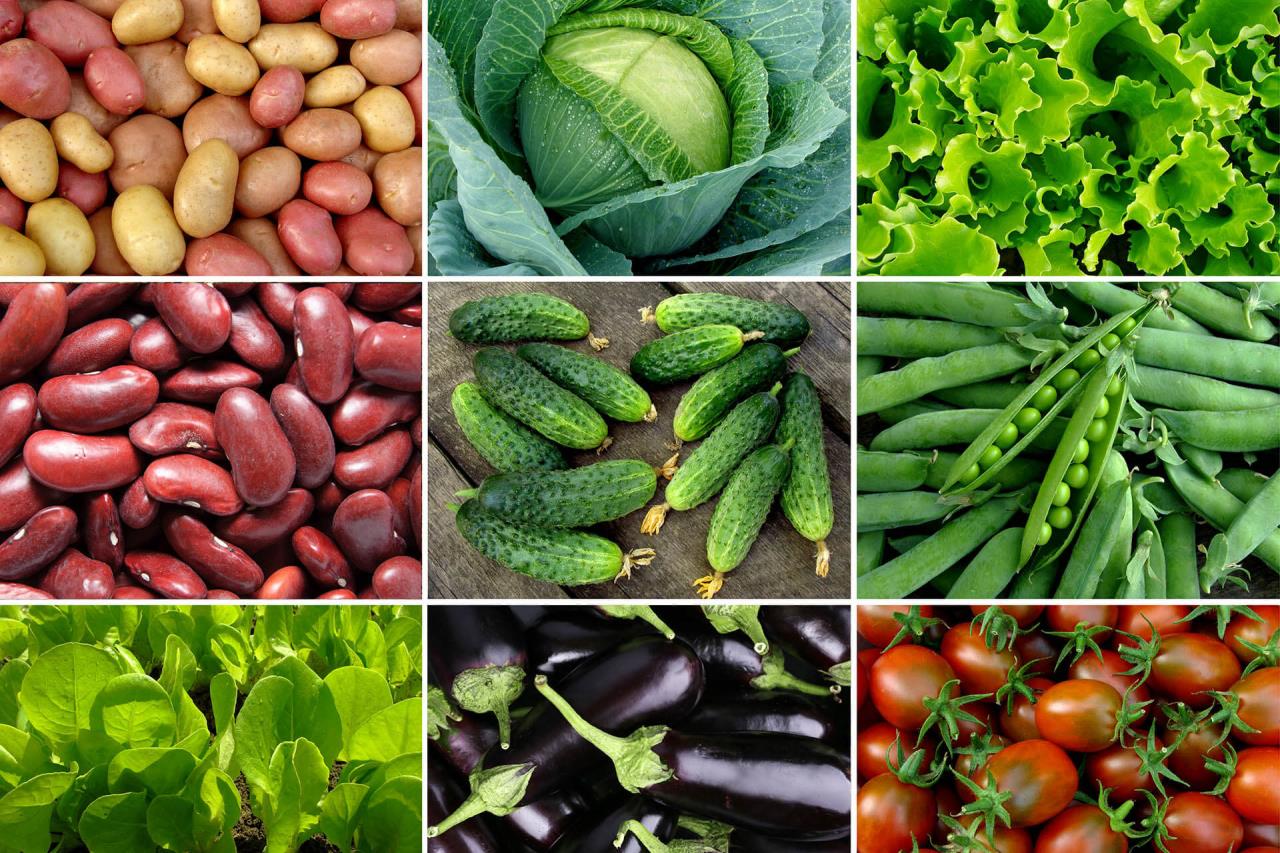
9,713 loans with a value of 147.9 million GEL have been granted within the framework of the state project to promote the cultivation of annual crops from March 22 to now

Farmers can buy an agrodrone and a weather station with a preferential agro-credit

11,960 loans with a value of 187,5 million GEL have been granted within the framework of the state project to promote the cultivation of annual crops

The increased budget of the preferential agrocredit project for 2023 was set at 200 million GEL
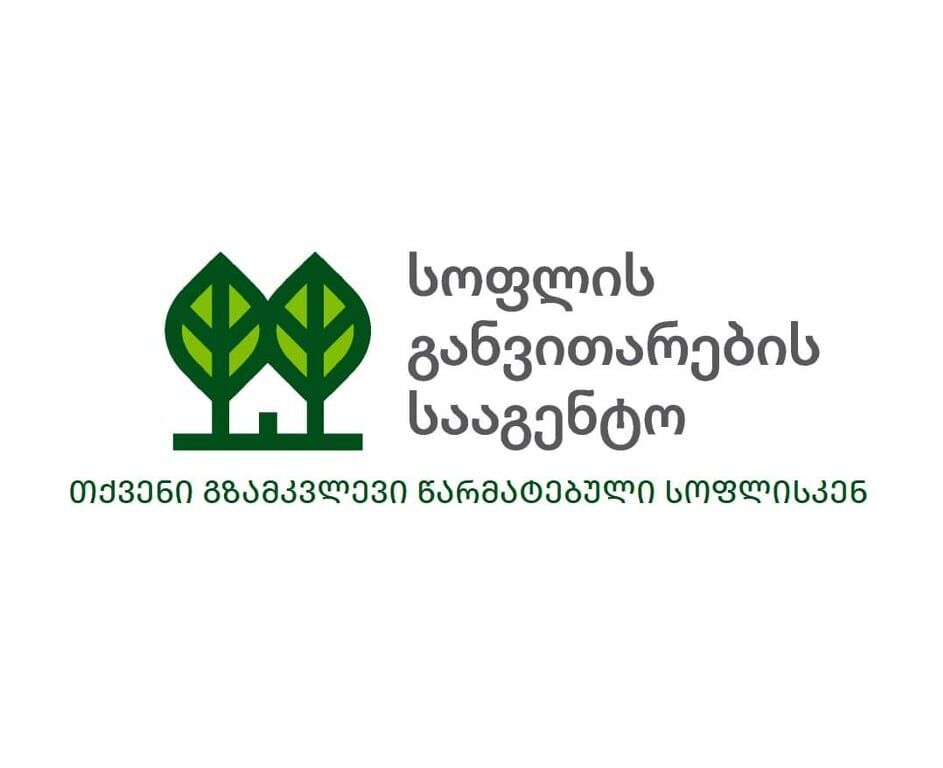
The harvest from gardens co-financed under the state programs is successfully exported to Germany and the United Arab Emirates

With the financial support of the state, the company “Golden Farms” planted a garden of blue blueberries on 16 hectares and arranged refregirated farming
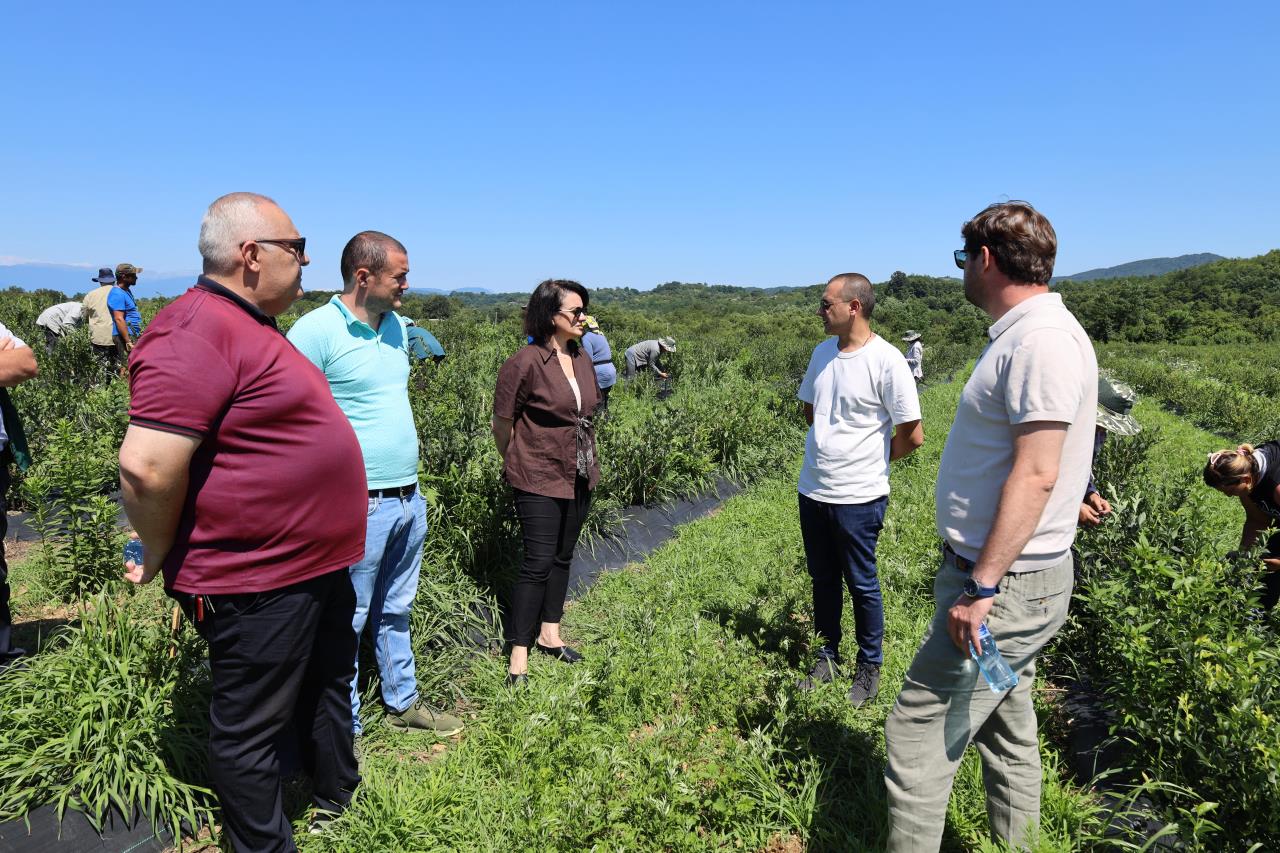
In Senaki Municipality, Rural Development Agency financed the planting of the blue blueberry garden and the creation of the cold farming

With the support of the Rural Development Agency and USAID a new enterprise was launched in the Kakheti region

The farmer talks about the sale of the peach harvest with the government's support

Otar Shamugia Visited the "Geo Flower" Enterprise in Akhaltsikhe
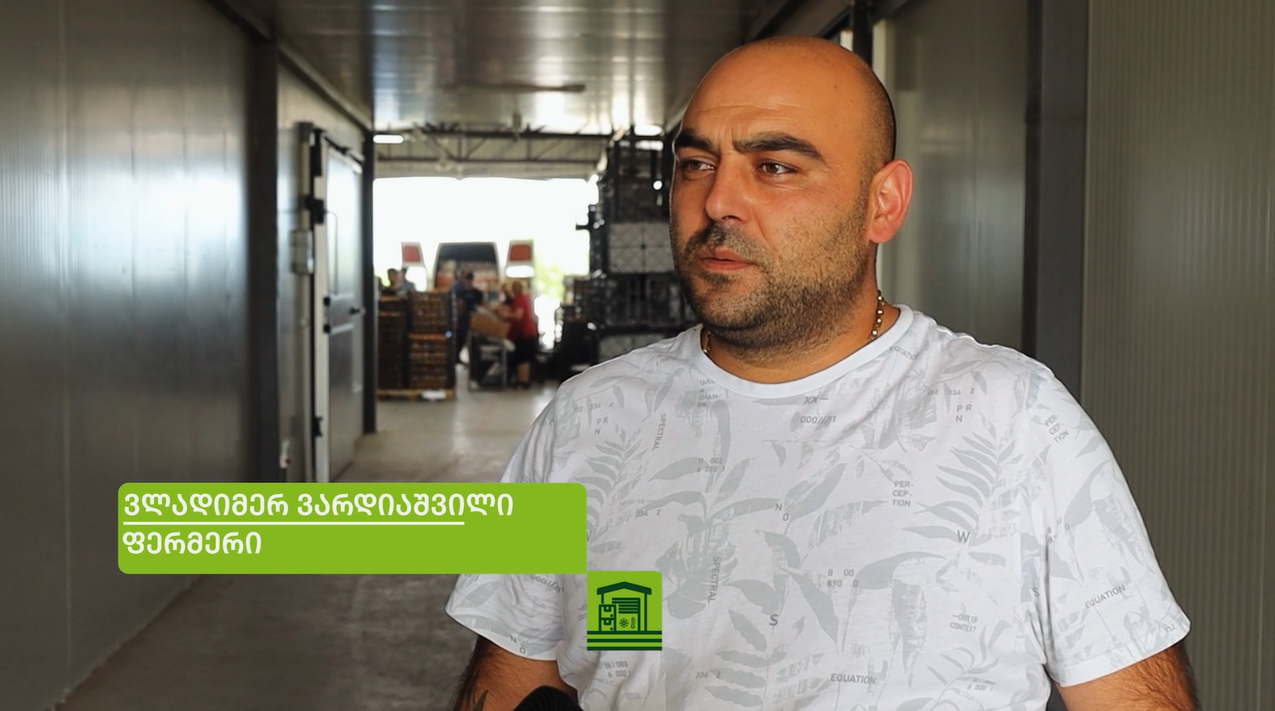
The farmer tells us about the sale of the peach harvest and cold storage with the government's support
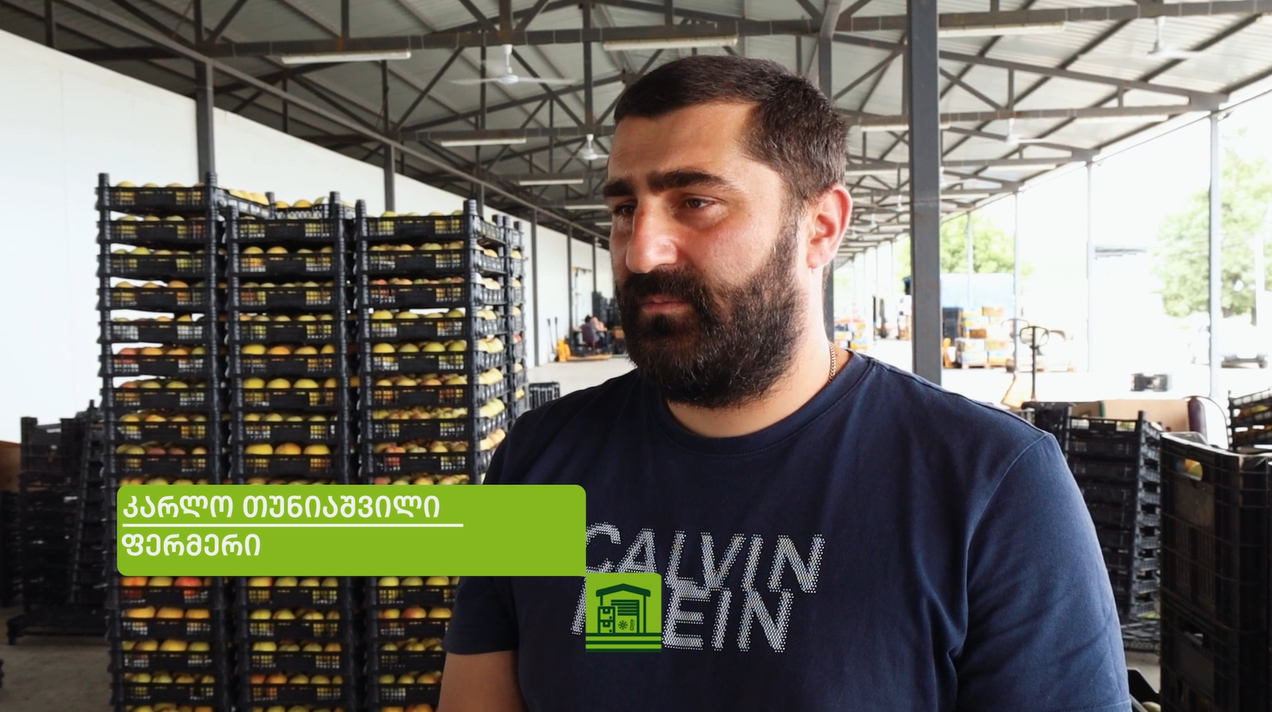
The farmer tells us about the sale of the peach harvest and cold storage

2024 Results of the Rural Development Agency
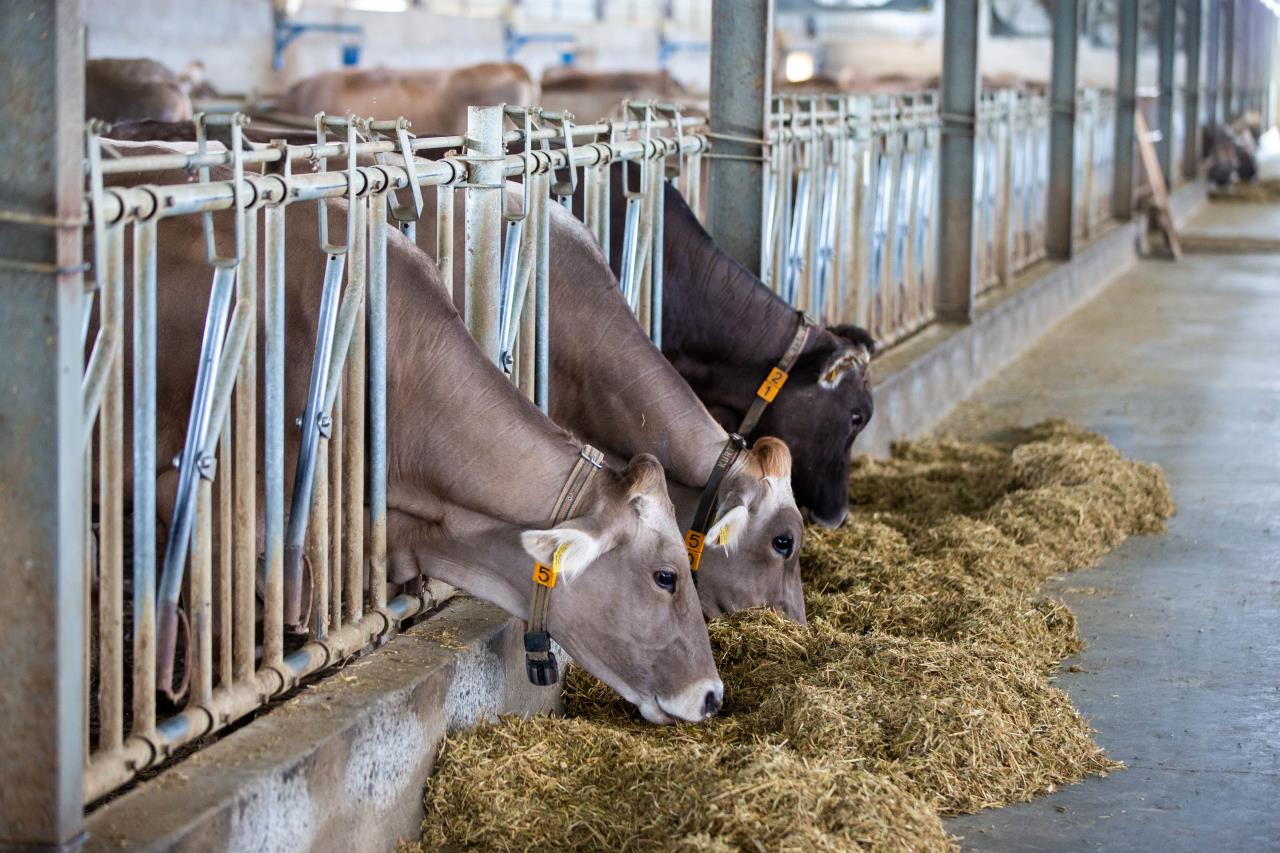
The Rural Development Agency will issue co-financing in the direction of cattle breeding with new conditions
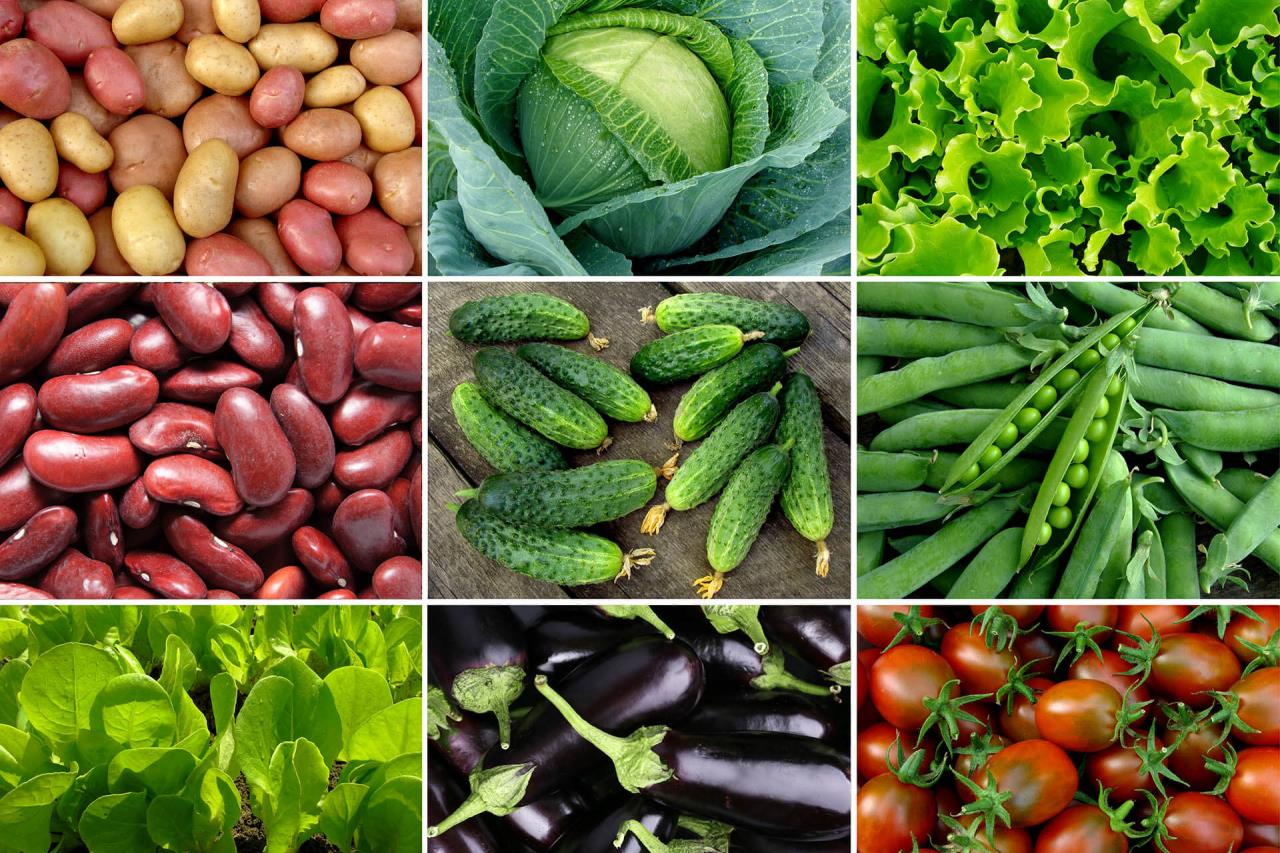
The subcomponent "Financing for Annual Crops" of the "Preferential Agrocredit" project remains available this year as well
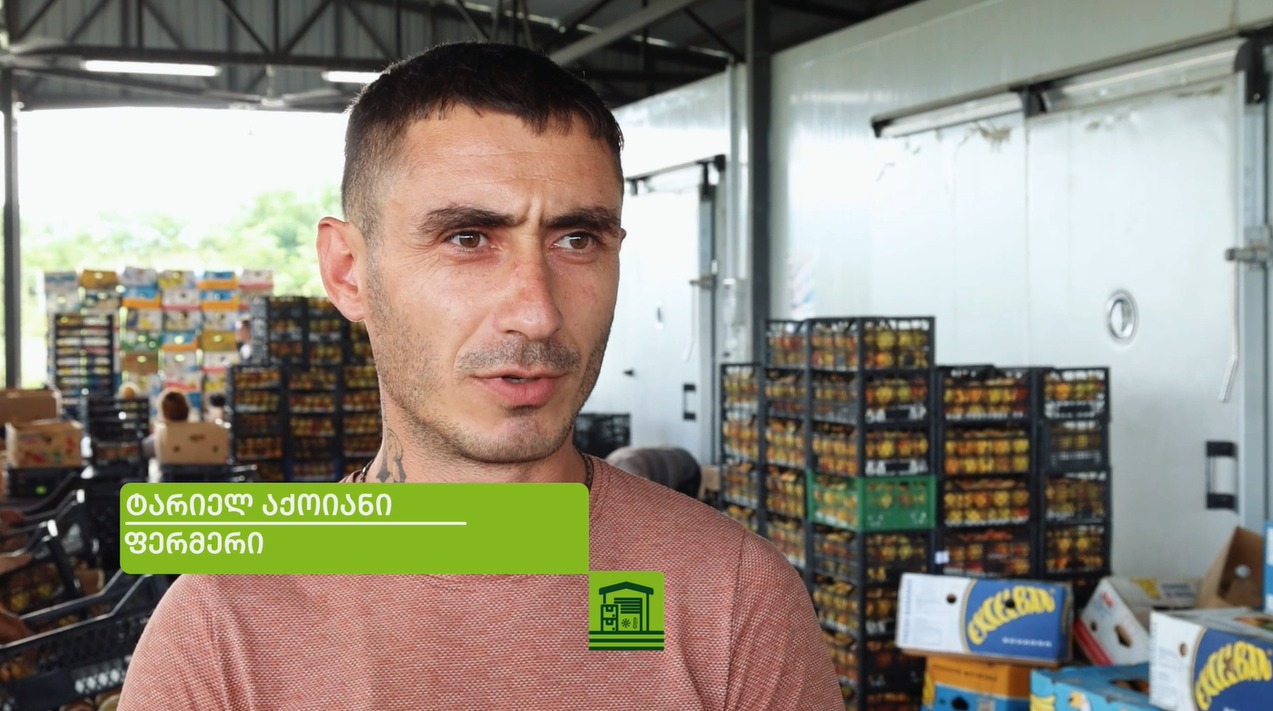
The farmer tells us about the peach harvest export and cold storage with the support of the state
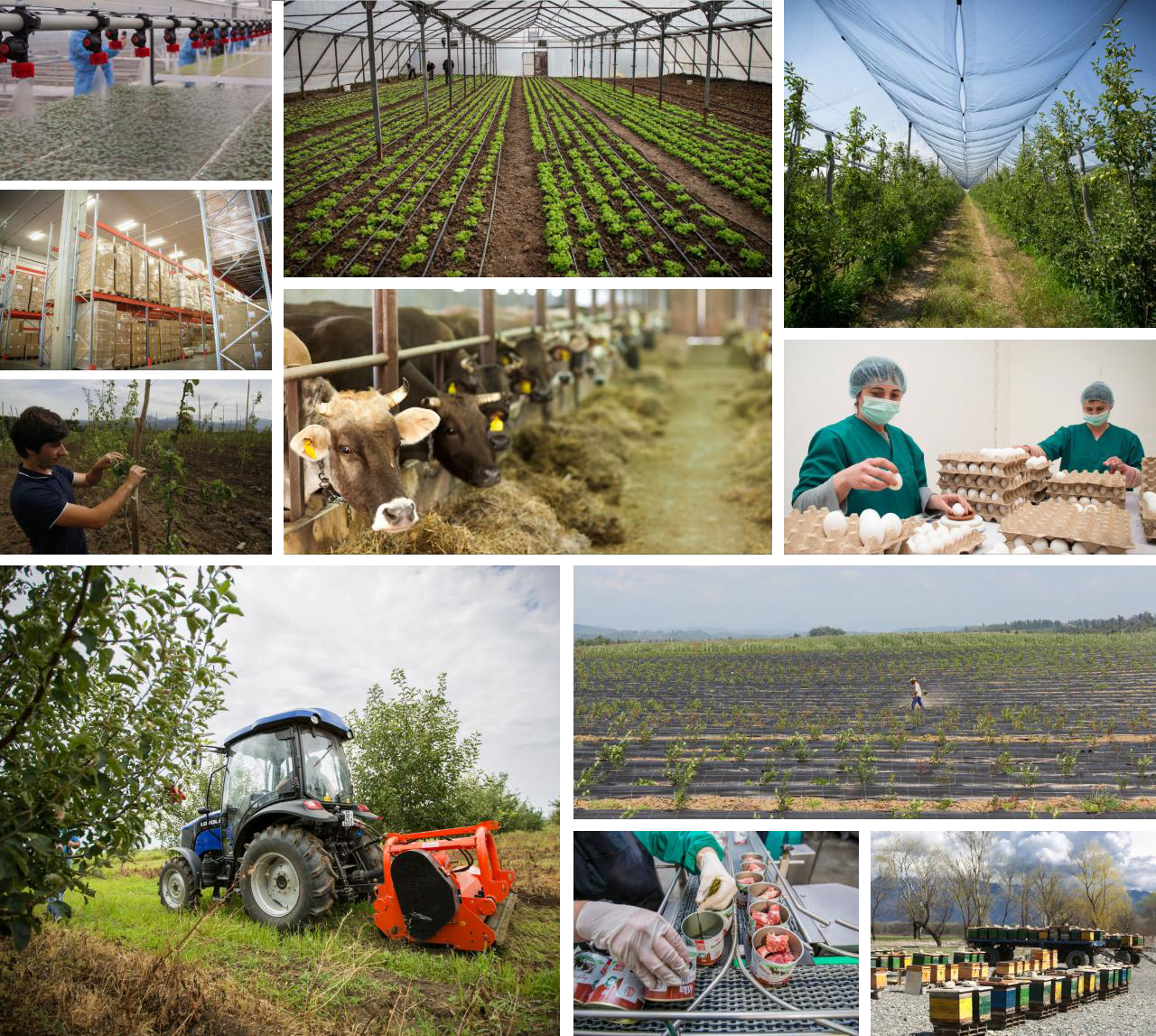
The Preferential Agrocredit Project has added a subcomponent for the "Financing of Primary Blueberry Production"
Success stories

The farmer tells us about the peach harvest export and cold storage with the support of the state

The farmer talks about the sale of the peach harvest with the government's support
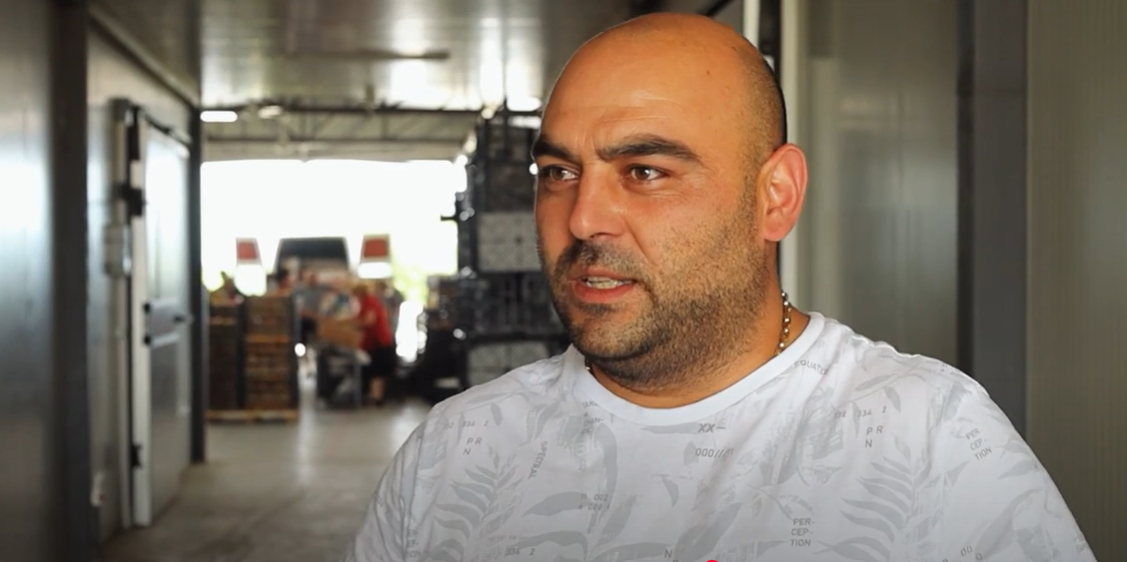
The farmer tells us about the sale of the peach harvest and cold storage with the government's support
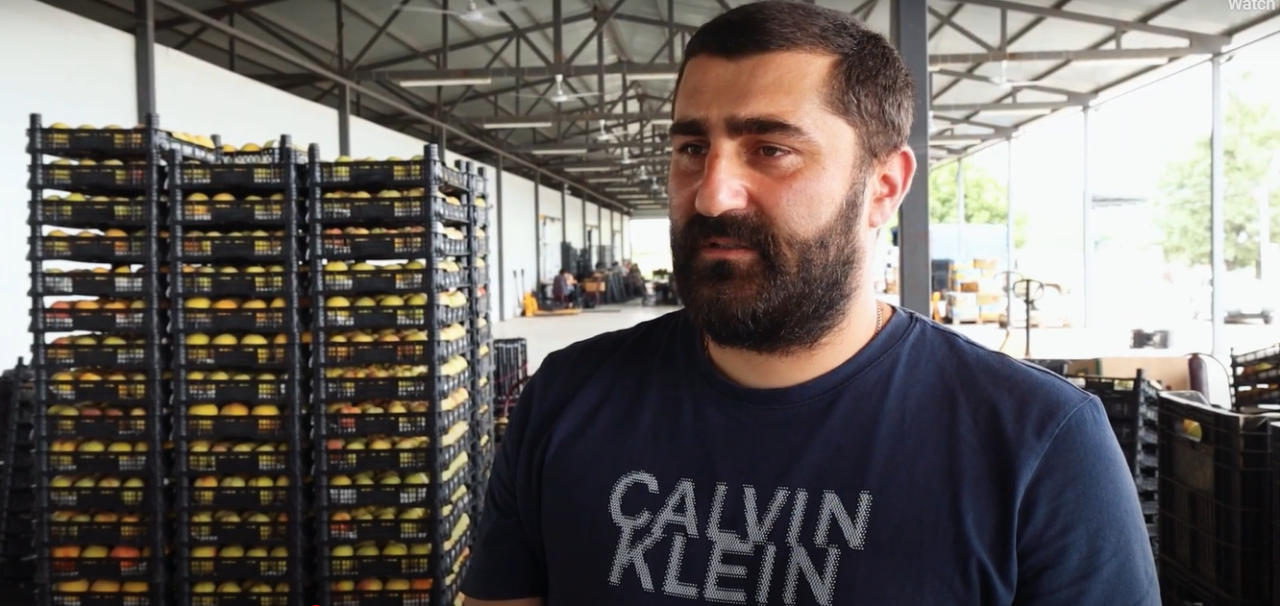
The farmer tells us about the sale of the peach harvest and cold storage

Alexander Pirtskhalaishvili - Greenhouse of Roses
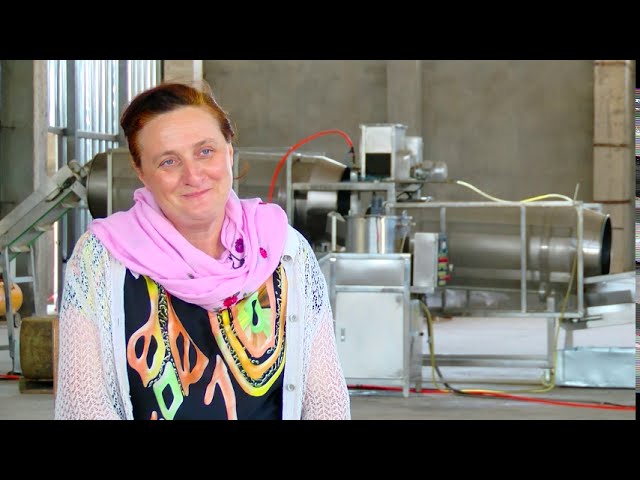
Taofood - Combined food enterprise

Tsintskaro + - Milk Processing Enterprise

KNG Hospitality - Strawberry Greenhouse

